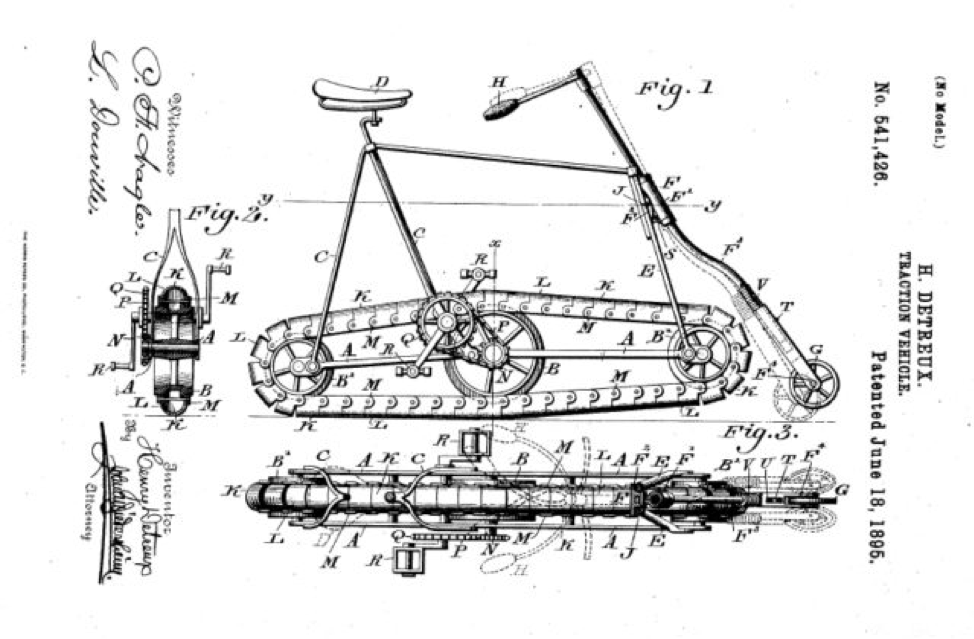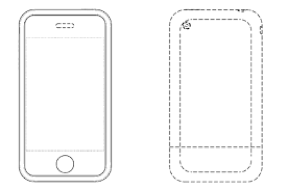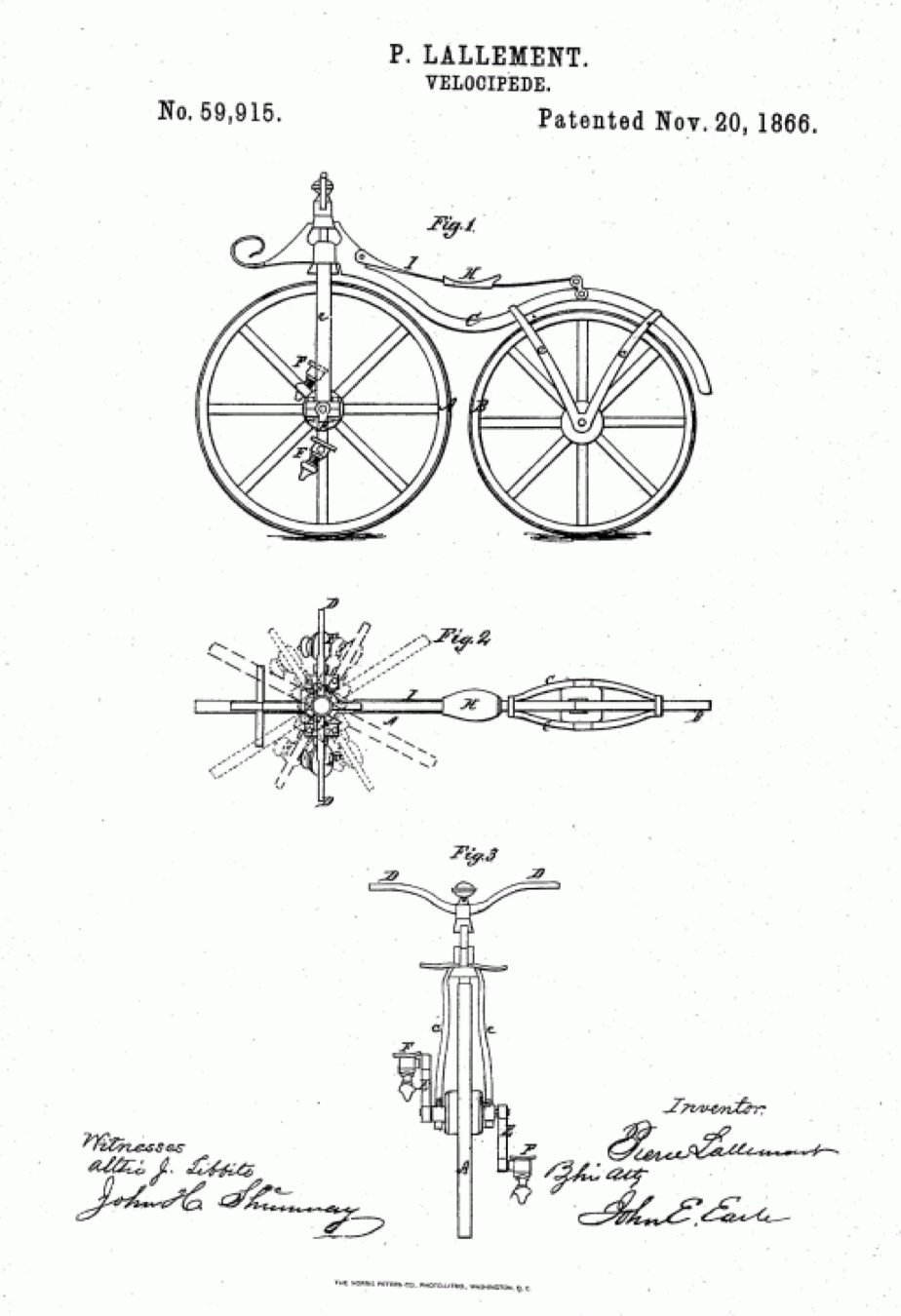Inventors sometimes wonder, “Why Detailed Patent Drawings are Important?” or, “How detailed and professional do the drawings in my patent application need to be?”
The answer is, “VERY detailed and VERY professional – if you want to maximize the likelihood that your patent application will be granted.”
Professional, Accurate, and Detailed Patent Drawings
Although your invention may have originated as a rough sketch on the back of an envelope, the patent drawings that accompany your patent application need to meet a higher standard.
Under 35 U.S. Code § 112, a patent application
shall contain a written description of the invention, and of the manner and process of making and using it, in such full, clear, concise, and exact terms as to enable any person skilled in the art to which it pertains, or with which it is most nearly connected, to make and use the same, and shall set forth the best mode contemplated by the inventor or joint inventor of carrying out the invention.
Somewhat different rules apply to design patent versus utility patent illustrations.
Design Patents
Design patents deal with the cosmetic (non-functional) features of an object.
For example, the rounded corners of an iPhone, or the curves of a Coca-Cola bottle, are design elements that can be protected by patents.
As the USPTO notes,
The drawing disclosure is the most important element of the application. Every design patent application must include either a drawing or a black and white photograph of the claimed design. As the drawing or photograph constitutes the entire visual disclosure of the claim, it is of utmost importance that the drawing or photograph be clear and complete, that nothing regarding the design sought to be patented is left to conjecture. The design drawing or photograph must comply with the disclosure requirements of 35 U.S.C. 112, first paragraph. To meet the requirements of 35 U.S.C. 112, the drawings or photographs must include a sufficient number of views to constitute a complete disclosure of the appearance of the design claimed.
(Emphasis added.)
Patent Photos or Drawings?
Of course, the downside of presenting photographs rather than patent drawings is that you have to have something to photograph! This means that you need to actually create a prototype before submitting your design patent application, which can be expensive. You may not want to go to this expense before you know whether your design patent will be granted.
Another downside to photos is that even the best photos may not show all aspects of a design as well as a drawing can.
That’s why design patent illustrations are usually submitted as black-and-white line drawings. A skilled patent illustration firm can create such drawings from rough sketches, without the need for an expensive prototype.
The Patent Office will accept color patent drawings only after the granting of a petition filed under 37 CFR §1.84(a)(2). This petition must explain why the color drawings or photographs are necessary. The petition must include three sets of color drawings. In other words, you have to create color patent drawings in order to get permission to submit color patent drawings!
Get error-free patent drawings in 4-6 days. Free Unlimited Revisions. Price starts at $30.
How Many Views Do You Need?
The patent drawings in a design patent application need to include enough views to fully show the appearance of a claimed design. For example, this would often include front, rear, top, bottom, right, and left views of a three-dimensional object.
If the right and left views, or top and bottom views, are identical or mirror images of each other, then only one of the views is needed along with a statement that the corresponding view is identical or a mirror image.
A perspective view may also be needed to make the nature of the design clear to the viewer, and a sectional view may be necessary to reveal certain design elements.
Surface shading may be needed to show contours of a surface in a drawing and open versus solid areas. Broken lines can show portions of a patent illustration that aren’t part of the design being claimed. For example, if designed object is meant to connect with another object that already exists, that pre-existing object can be shown with broken lines.
More information about design patents is available on the US Patent and Trademark Office website.
Utility Patents
A utility patent is a patent for a new or improved — and useful — product, process, or machine.
The illustrations for a utility patent must be detailed enough to enable any person “skilled in the art to which it pertains,” or with which it is most nearly connected, to make and use the claimed invention.
If you’ve ever struggled to assemble something as complex as a bicycle, you know how important good instructions are – and how frustrating bad instructions can be. When you’re submitting patent drawings, you want them to be as clear and detailed as the best instruction manual you’ve even worked with.However, some details should NOT be included. Patent drawings aren’t meant to be engineering drawings, and precise measurements are not only unnecessary but counter-productive! If you include precise measurements, then your application could be limited only to an invention in that exact size, and wouldn’t protect you from infringement by products in slightly different sizes.
Again, a good patent drawing is like a manual – not a recipe. You don’t have to provide all the manufacturing specs in the application, any more than Ikea explains to you how that bookcase was manufactured when it’s time for you to put it together.
How Many Drawings Should You Include?
In general, more is better. You don’t want to confuse the patent examiner by skipping over any aspect of the invention.
The cost of high-quality patent illustrations is a relatively modest part of the overall cost of filing a patent, so it doesn’t make sense to skimp and risk having your application rejected.



